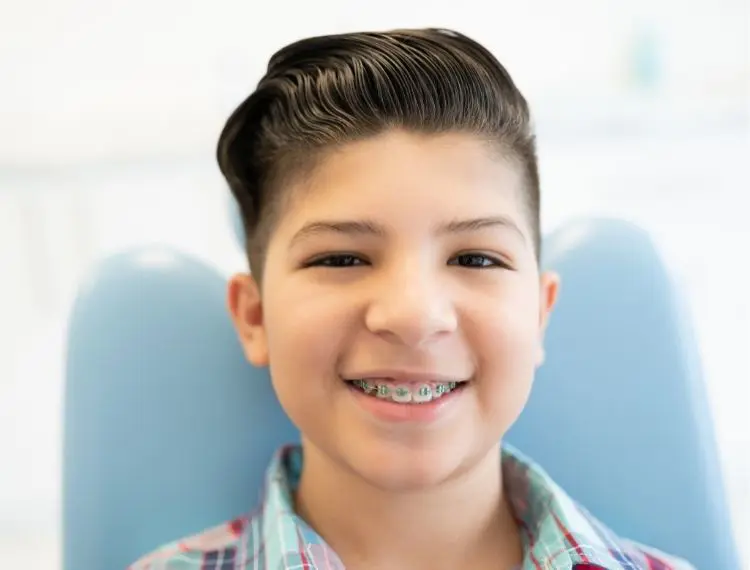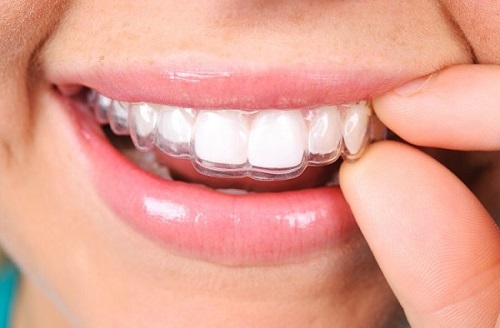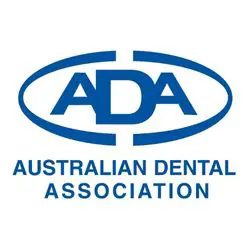
Key messages
- Children are recommended to have an orthodontic assessment between 7 to 10 years of age.
- You do not have to wait for all adult teeth to be in your child's mouth before having an orthodontic assessment.
- Teeth straightening options include braces and clear aligners.
- The Australian Dental Association (ADA) do not recommend Australians have DIY orthodontic treatment.
Orthodontics is a specialty field in dentistry that involves the diagnosis, prevention, and correction of crooked teeth, jaws, and unfavourable bite patterns. Orthodontic treatment is most known for teeth straightening. Dentists that specialise in this treatment are called orthodontists. Many general dentists also perform orthodontic treatment.
What does orthodontics treat?
- Crooked or crowded teeth.
- Incorrect biting patterns.
- Severe misalignment of teeth and/or jaws.
- Past habits such as thumb sucking that have affected the position of the tooth and development of the jaw bones.
Orthodontic treatment is not just about straight teeth. It can correct a bad biting pattern, help with sleep apnoea, and prevent uneven wear of the teeth.
When should my child first have an orthodontic assessment?
Orthodontic treatment can be performed on children, adolescents, and adults.
The Australian Society of Orthodontists’ recommend children have an orthodontic assessment between the ages of 7 – 10. All the adult teeth do not have to be present in the mouth for an assessment to be done. An examination at this age can allow for early intervention treatment should it be needed.
Listen to the Australian Dental Association's Watch Your Mouth podcast to learn more about early orthodontic intervention.
Treatments to straighten your teeth
Traditional metal braces have been used for about a hundred years and are still commonly used to straighten teeth. A similar option is ceramic braces which are the same as metal braces but made from white or tooth-coloured ceramic material. They are not completely invisible but are less obvious than metal braces. Another option is lingual braces. These metal braces are stuck to the inside surface of the teeth making them practically invisible.
Clear aligners provide an alternate option for straightening teeth besides traditional braces. Many people will know them by their individual brand name. Clear aligners are custom made thin plastic trays that are worn over the teeth to straighten them. The trays should be worn at all times other than when eating and drinking liquids other than water. Drinking liquids such as fruit juice or soft drink while wearing clear aligners can trap the liquids against the teeth, which can cause damage to the teeth if it happens frequently.
Although the aligners are clear plastic, they are not invisible. Your dentist or orthodontist will advise you if clear aligners are suitable for your individual situation.
I
A clean aligner tray being removed from the mouth. Getty images.
What is direct-to-consumer orthodontic treatment?
There are some companies that provide tooth straightening treatments directly to you without having to visit a dentist or orthodontist. This treatment is often called do-it-yourself (DIY) or direct to consumer orthodontics.
The Australian Dental Association (ADA) do not recommend Australians have DIY orthodontic treatment. There are many risks to this treatment. They can lead to permanent damage to your teeth, gums, and jaw joints. The ADA recommends that you have in-person treatment with a dentist or orthodontist which includes a thorough assessment before starting treatment and ongoing supervision.
If you are looking for a specialist orthodontist, find one using this search engine created by the Australian Society of Orthodontics.
Caring for your teeth during orthodontic treatment
It is very important to brush and clean between your teeth well while you are having orthodontic treatment. For people wearing braces, brushing after every meal is recommended as food can get stuck around the brackets. Both manual and electric toothbrushes can be used for cleaning around braces.
Brushing teeth with braces
- Remove any rubber bands or removable appliances associated with your orthodontic treatment. These should be rinsed or cleaned before placing them back in your mouth.
- Place a pea-sized amount of toothpaste on the toothbrush.
- Start by brushing at the gum line of your teeth by holding your toothbrush at a 45-degree angle to the gums with the brush bristles split evenly over the teeth and gums. Move the toothbrush gently in small circular or back-forward motions.
- Turn the toothbrush to face the bristles downwards to clean the top of the brackets.
- Turn the brush again to clean at an upward angle to along the bottom of your brackets.
- After brushing, spit out the excess toothpaste but do not rinse your mouth with water. This allows the fluoride paste to sit on the teeth for longer, increasing protection.
Interdental cleaning with braces
Cleaning between your teeth with string floss can be tricky while wearing braces. Other options such as floss threaders for braces or interdental brushes can assist with cleaning. Interdental brushes can help to clean between the teeth as well as between the orthodontic brackets.

Cleaning between brackets with an interdental brush. Getty images.
Cleaning clear aligners
When cleaning your teeth, ideally twice per day, also clean your clear aligners. The trays can be cleaned with an antibacterial liquid soap and a spare toothbrush. Rinse well following with warm water.
Your teeth can be brushed and flossed as normal when having clear aligner treatments.
More information
This is a consumer information website created by the Australian Society of Orthodontists'.


